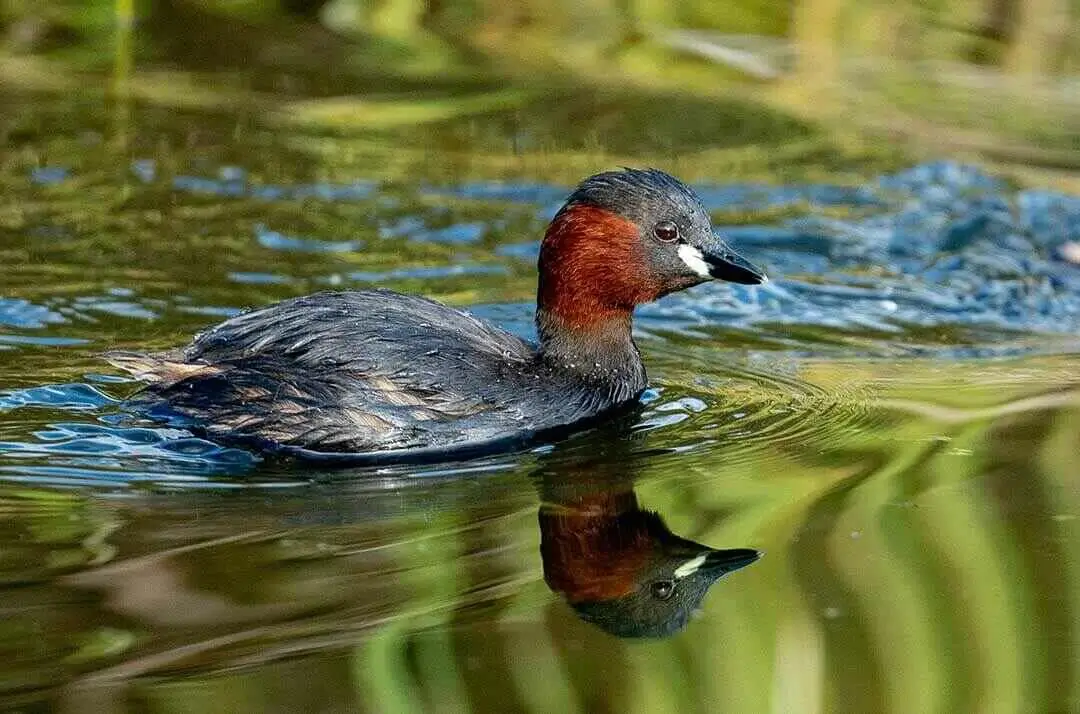
BIRDING IN
Dar es Salaam coast
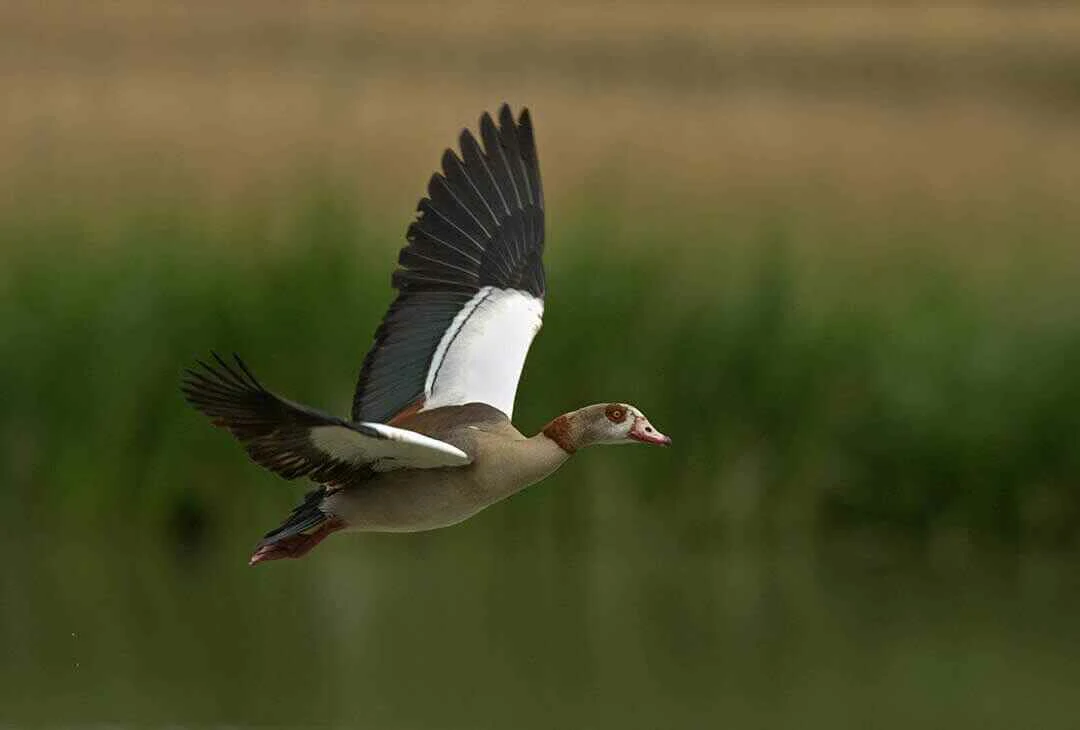
BIRDING IN
Dar es Salaam coast
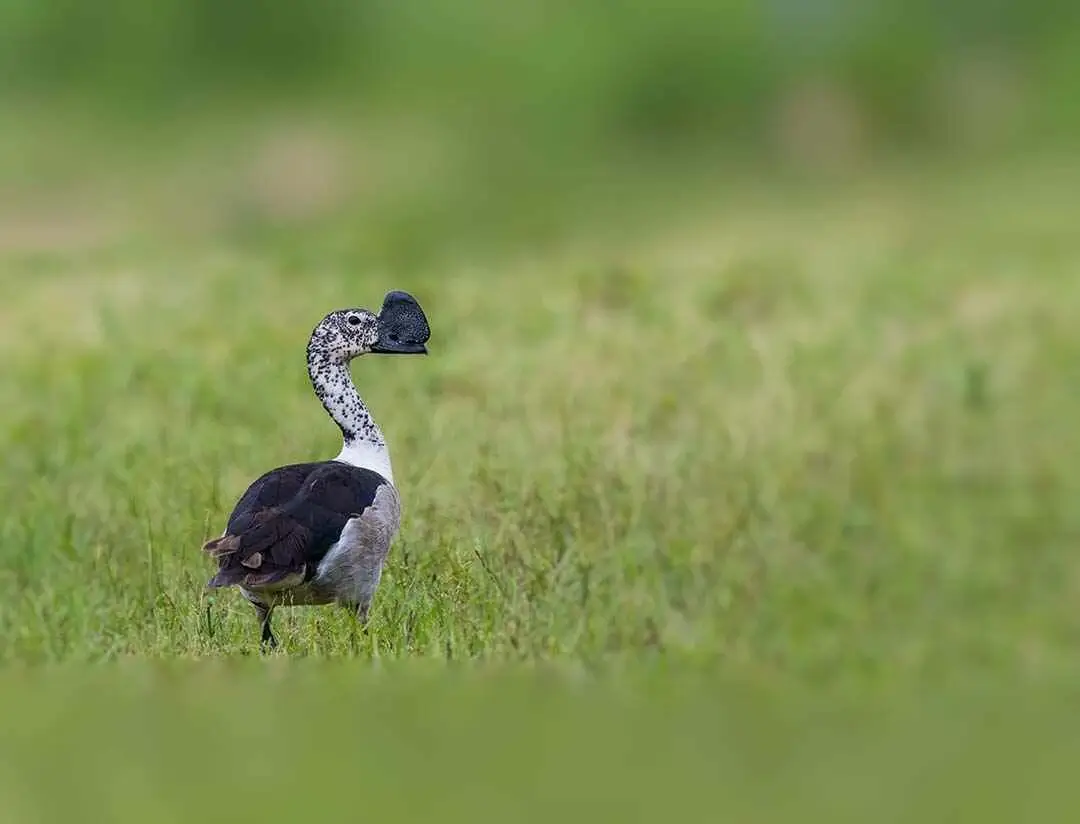
BIRDING IN
Dar es Salaam coast

BIRDING IN
Dar es Salaam coast
It covers an Area of 61,000 ha. The city of Dar es Salaam sits on a natural harbour backed by low hills. The Important Bird Area runs from the open bay of RasKiramoni in the north, up to and including Ndege Beach, to RasNdege, east of Mbwamaji village a total length of 40 km. The inland limit of the site is the high-tide mark, but this is extended in places to include mangroves and salt-workings. To the seaward side the site extends out to the 12 km international limit.
This allows inclusion of important feeding grounds for several seabirds which rarely venture inshore of the coral reef. Within the Important Bird Area are tidal mudflats, river inlets, saltpans, extensive mangroves, coastal thicket and several offshore islands which create a remarkably diverse coastal environment. With a tidal range of nearly four metres, up to 25 km² of exposed sand and mud can be available to birds at low tide.
A total of 457 bird species have been recorded from the site. The area is of major importance to migratory waders from northern Eurasia, supporting about 30,000 birds. This includes large numbers of Calidrisferruginea, Calidrisminuta and Pluvialissquatarola. Large flocks of some species, notably Tringanebularia and Charadriusmongolus, are a feature of the return migration to northern latitudes during March and April. The only local populations of Egrettaardesiaca feeds at Msasani Bay and probably breed in the freshwater swamps adjacent to the now defunct Msasani saltpans, an area of low-lying land unsuitable for building which is, nonetheless, rapidly being urbanized.
The offshore island of Mbudya provides safe nestsites for Plataleaalba, Egrettadimorpha and Threskiornisaethiopicus. Sterna dougallii bred on islets off the harbour entrance. There are populations of an Acrocephalus warbler on the offshore islands that may not be Acrocephalusscirpaceus. Records of Acrocephalusgriseldis suggest that several winter in coastal scrub near Mbezi Beach and Jangwani Beach wherever there is thick cover and a source of fresh water.
Our Experts are ready to provide answers

Arusha is known to support at least 411 species, including Ardeolaidae, as a non-breeding visitor in small numbers, and one species of the Serengeti plains Endemic Bird Area, as well as 11 species of the Somali - Masaibiome.
Read More
The birdlife in Katavi is good year-round, but at its best from November to April when the migratory birds from Europe and northern Africa are present. At this time, many resident bird species are nesting and are in breeding plumage.
Read More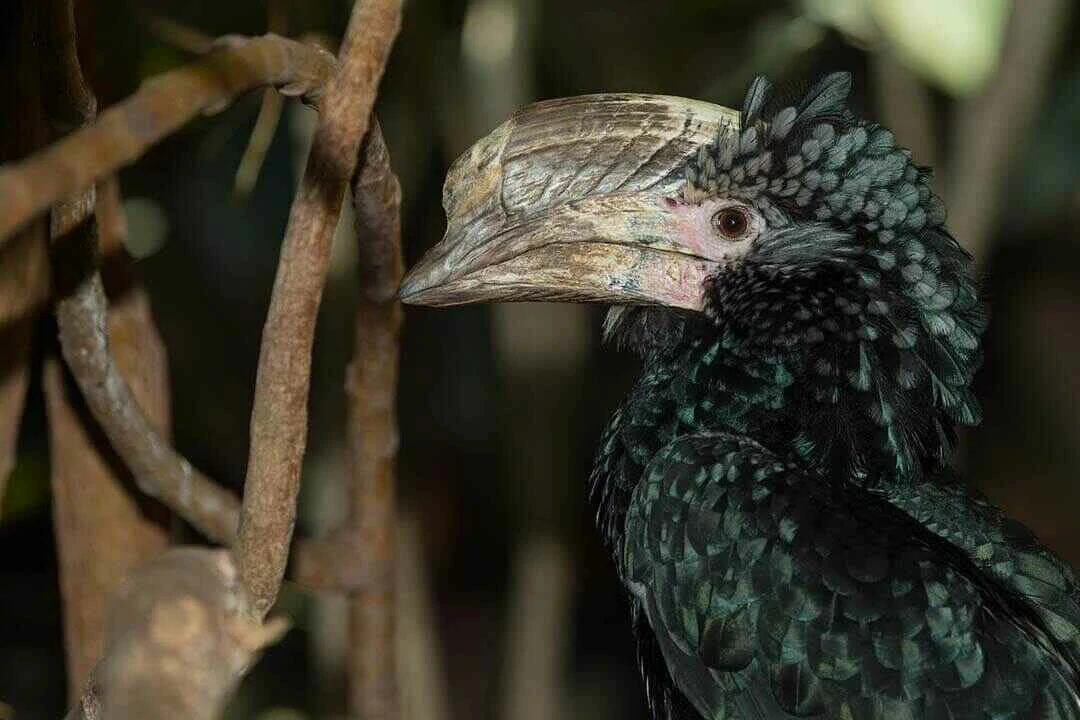
More than 400 species have been recorded here and you can reasonably expect to observe 100 of these in one day.
Read More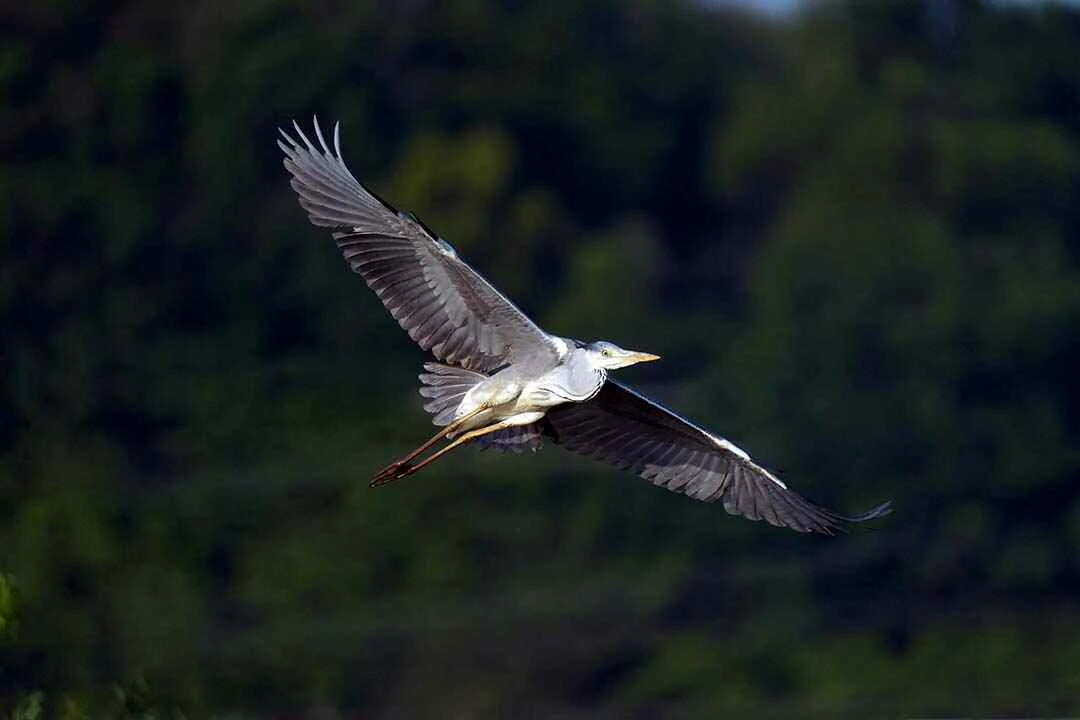
Bird species list includes only 214 species and these include three Guinea - Congo Forests biome species. An endemic subspecies of the globally threatened Apalisargentea is present here.
Read More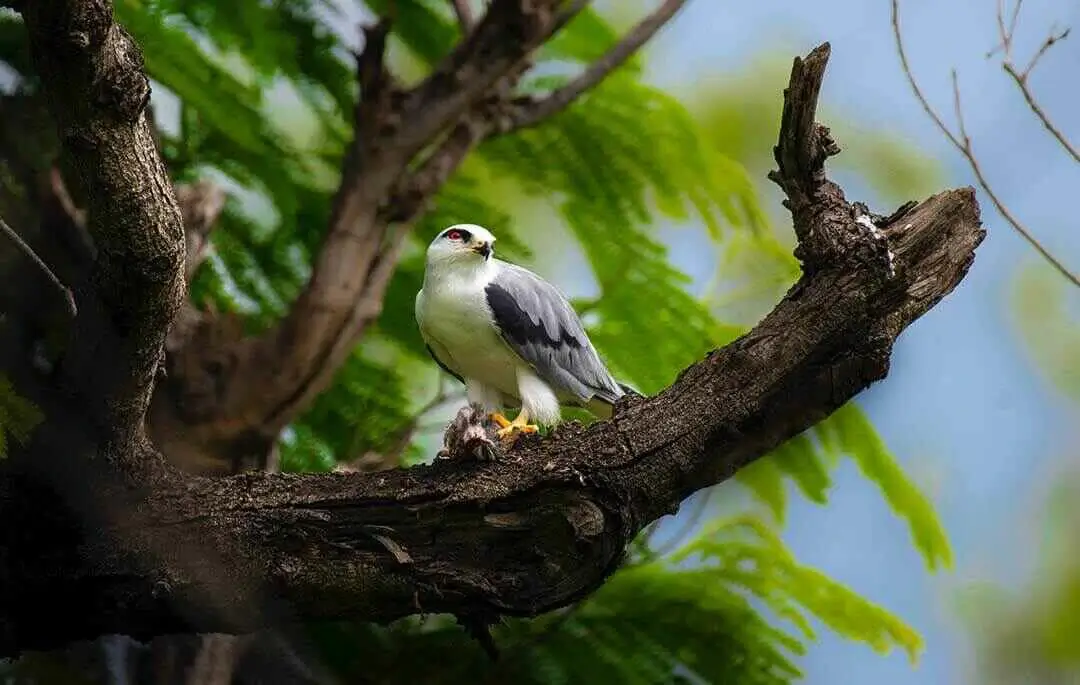
Some 393 bird species are known to occur in the area. Falco naumanni is a regular passage migrant in March and April, but there have been no records of large flocks or wintering birds.
Read More
Some 393 bird species are known to occur in the area. Falco naumanni is a regular passage migrant in March and April, but there have been no records of large flocks or wintering birds.
Read More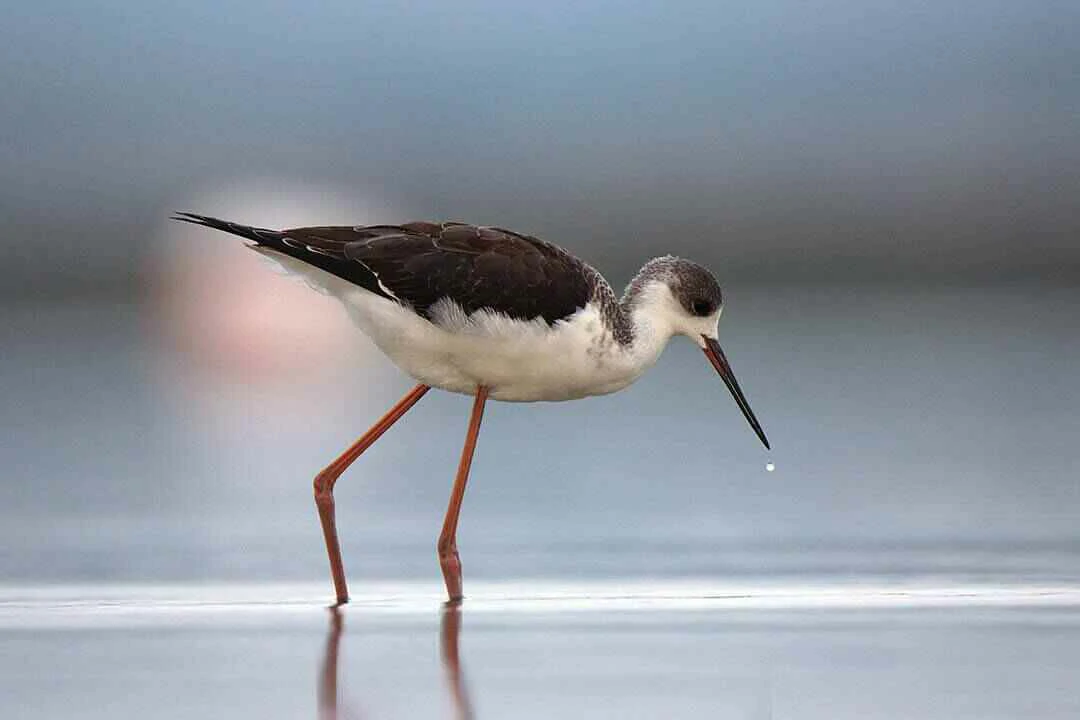
Over 500 bird species are known from the site. Falco naumanni is a passage migrant and Circus macrourus occurs on passage and in winter. Acacia woodland holds the largest known population of Agapornisfischeri, Parusfringillinus is resident and there have been recent records of Apaliskaramojae from Acacia drepanolobium woodland in the south-west of the site.
Read More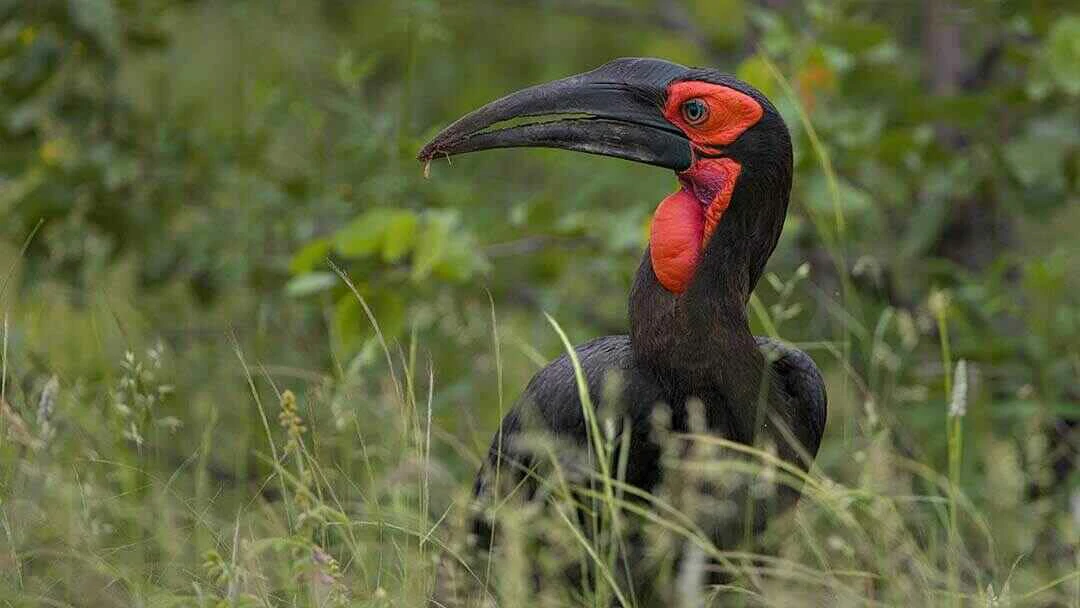
Some 410 species have been recorded for the park, but this figure is almost certainly incomplete as only the main tourist areas are well known. This total includes seven species of the Zambezian biome.
Read More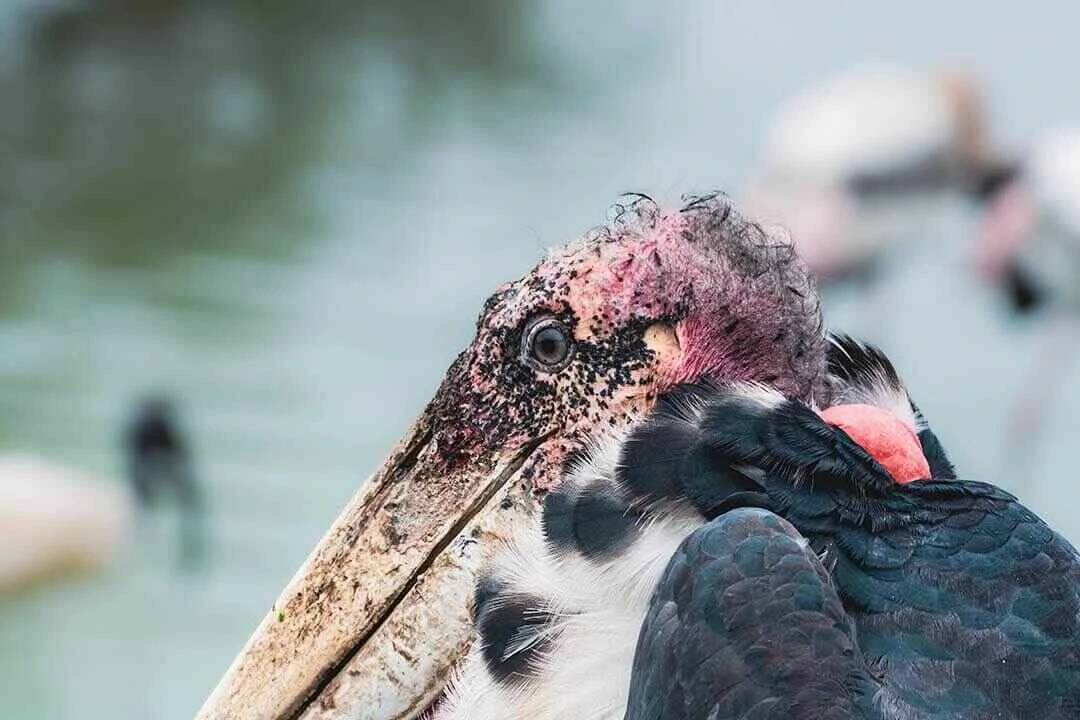
Rubondo main island holds a wide variety of other species, including huge breeding colonies of four species of Ploceus weavers and a relatively dense population of Circaetuscinerascens which are rare in East Africa.
Read More
An estimated numbers of bird species recorded from the park vary from 458 to 505. Glareolanordmanni and Apaliskaramojae, are of global conservation concern. Ardeolaidae is a regular visitor in low numbers. The status of Circus macrourus is described as locally common.
Read More
There is no species list for the park; the total is likely to exceed 450 species. Globally threatened species include Falco naumanni, which occurs in flocks of hundreds in April, following the start of the rains when invertebrate food-supplies are abundant and the park provides secure roost-sites.
Read More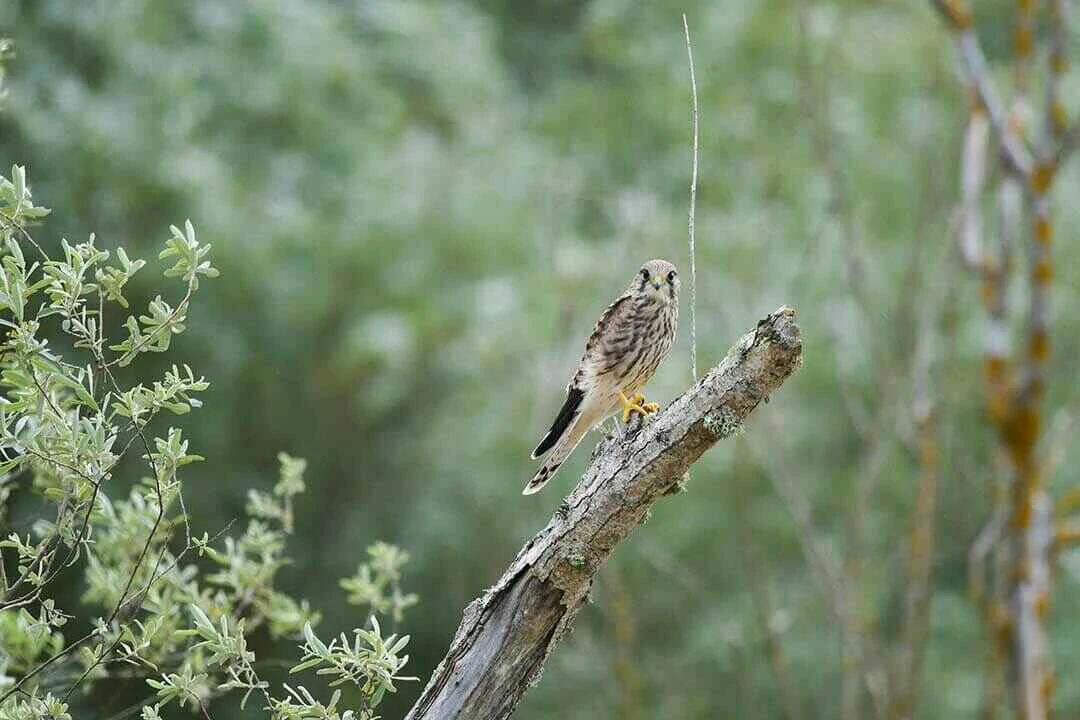
There are sightings of birds like Xenoperdixudzungwensis from near Mount Luhombero, in the park. Circaetusfasciolatus is resident at low densities in low altitude forest at the foot of the east-facing escarpment
Read More